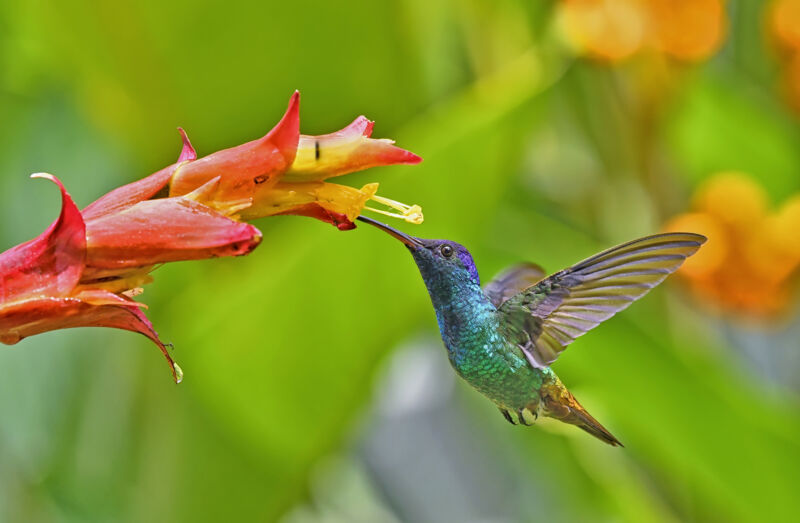Hummingbirds thrive on an extreme lifestyle. Here’s how.

Enlarge / Hummingbirds—like this golden-tailed sapphire from South America—draw the eye with their bright colors and busy, hovering flight. Biologists are drawn to understand the suite of adaptations they have evolved to survive extreme lifestyles. (credit: webguzs via Getty)
Everyone loves to watch hummingbirds—tiny, brightly colored blurs that dart about, hovering at flowers and pugnaciously defending their ownership of a feeder.
But to the scientists who study them, hummingbirds offer much more than an entertaining spectacle. Their small size and blazing metabolism mean they live life on a knife-edge, sometimes needing to shut down their bodies almost completely just to conserve enough energy to survive the night—or to migrate thousands of miles, at times across open ocean.
Their nectar-rich diet leads to blood-sugar levels that would put a person in a coma. And their zipping, zooming flight sometimes generates g-forces high enough to make a fighter pilot black out. The more researchers look, the more surprises lurk within those tiny bodies, the smallest in the avian world.



